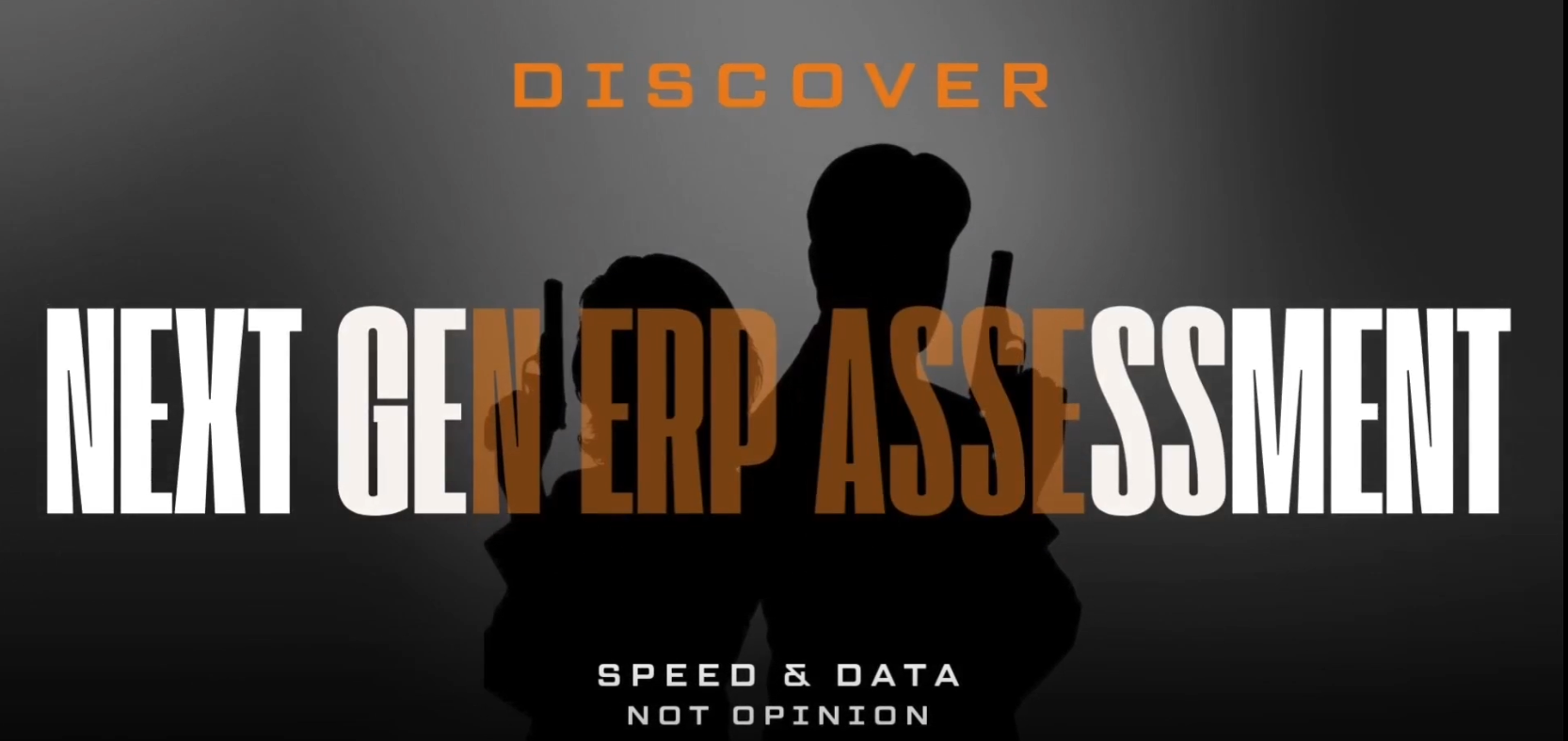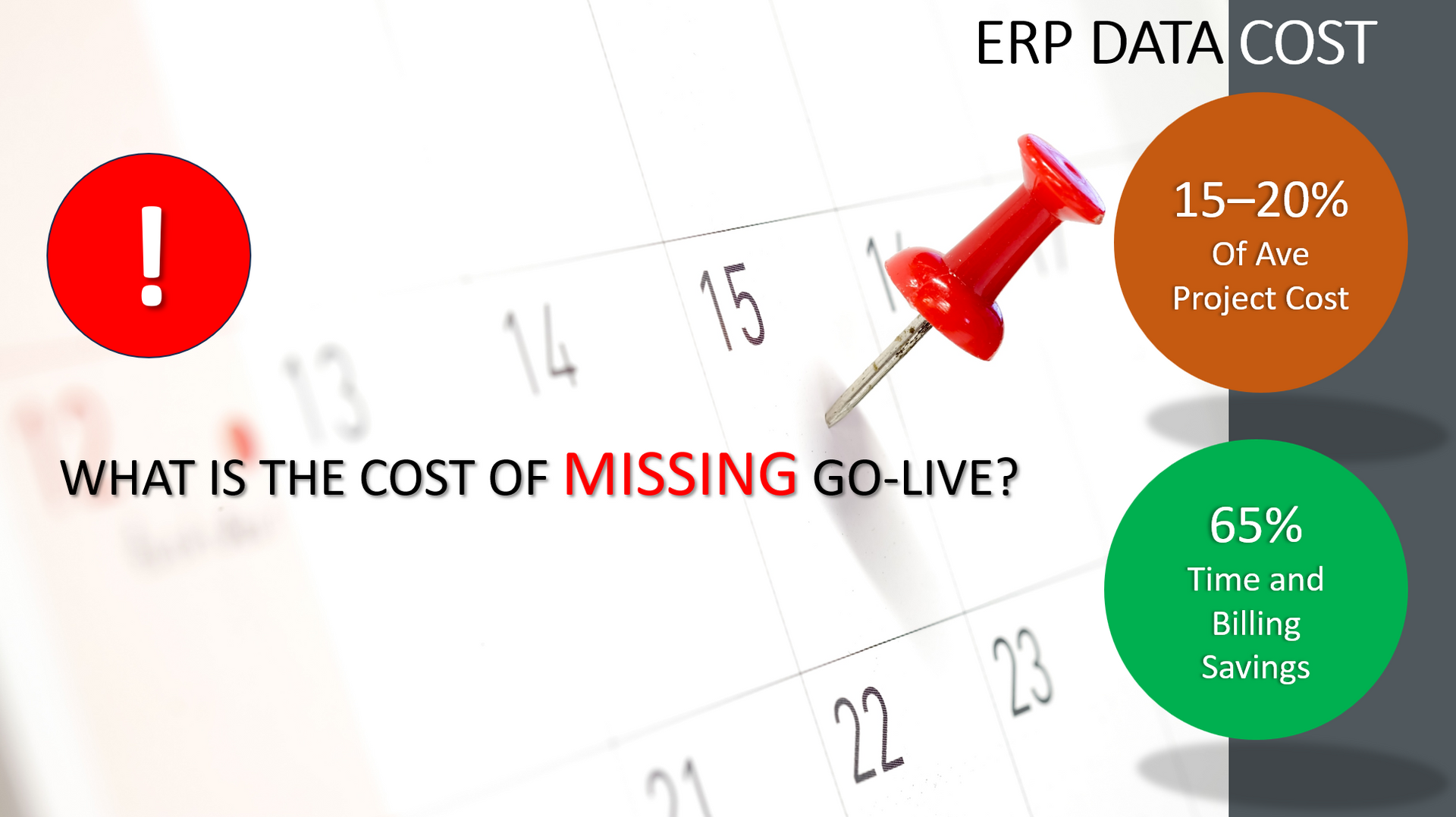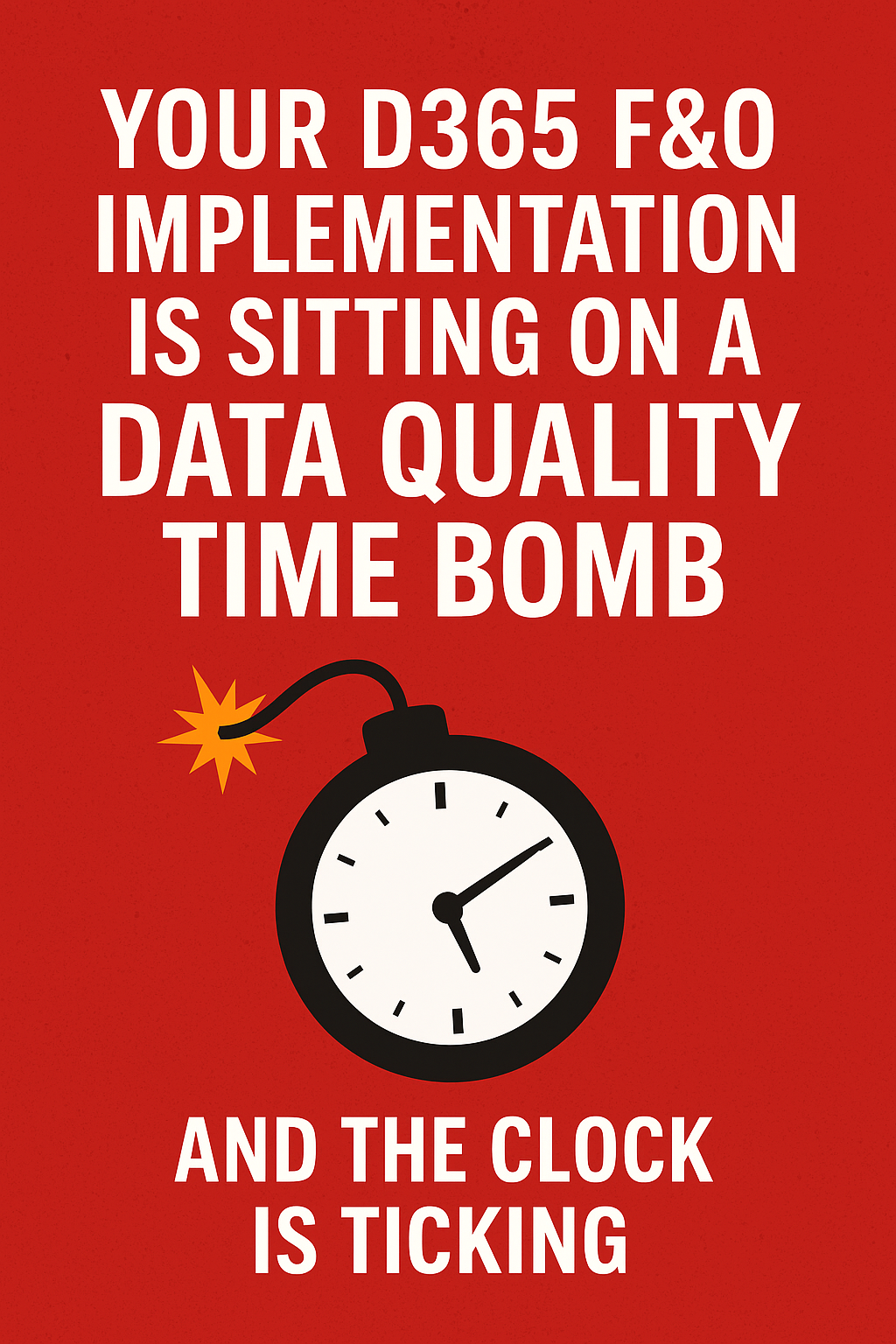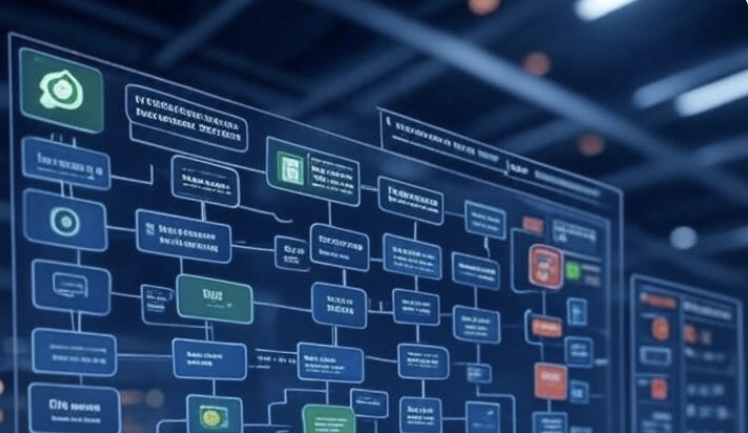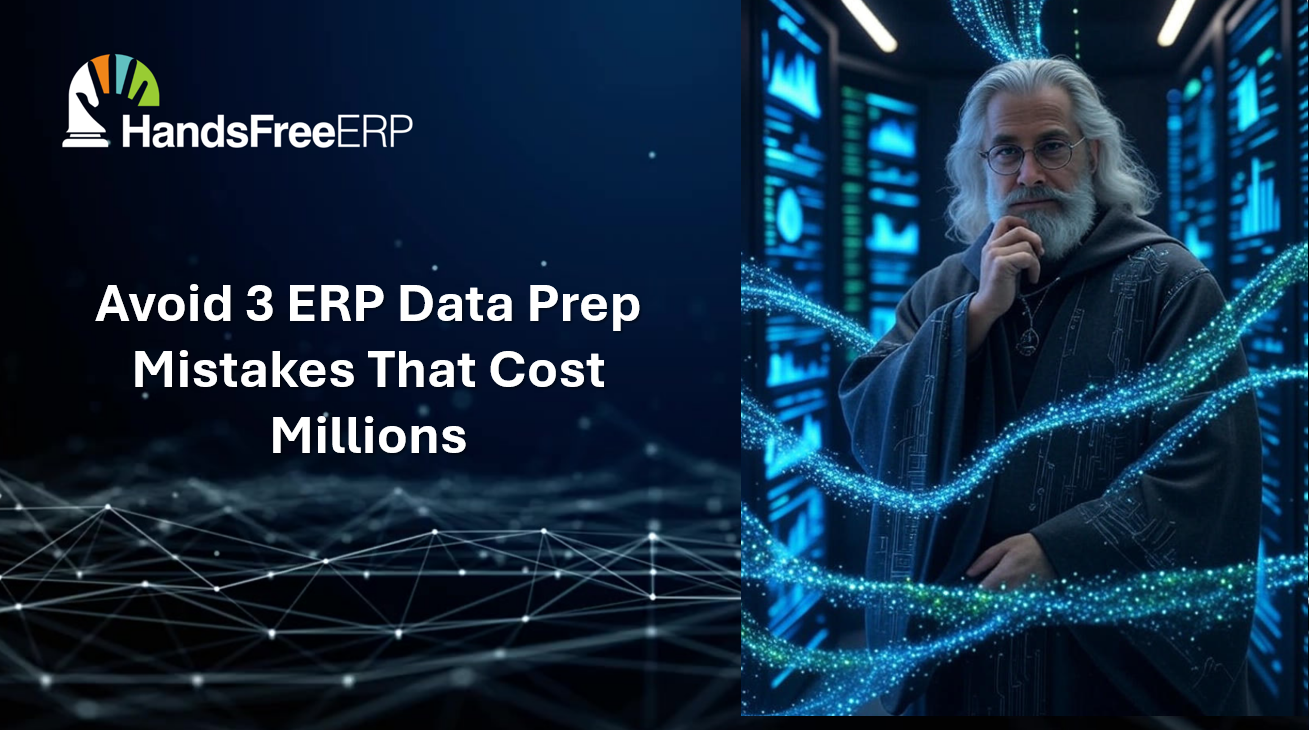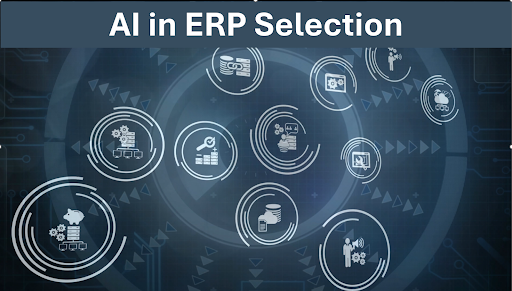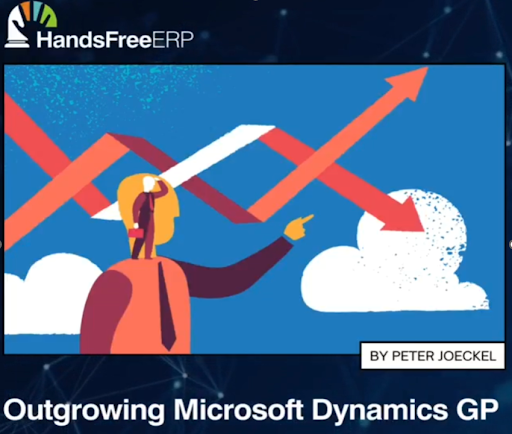Have You Outgrown Microsoft Dynamics GP?
Have You Outgrown Microsoft Dynamics GP?
There are many reasons why you may be outgrowing your Microsoft Dynamics GP software. However, primarily it falls into either a functional or a technological issue. Understanding those issues in the context of what the Dynamics GP solution is intended to deliver can help you decide if it’s time to “get fitted” for a more robust solution.
As a product, Microsoft Dynamics GP is quickly becoming the “Grand Old Dame” in the Microsoft ERP fleet. Hugely successful, loved by many, and at one point supported by the greatest partner channel in the world, the product is showing its age as it winds down its career as a strategic solution. For companies that currently use Microsoft Dynamics GP but are outgrowing its capabilities, there are many questions regarding potential solutions and options:
- Am I using the software to its full potential?
- Is there a third party solution that fixes my issues?
- Am I working with the right partner to understand and fix my problems?
What Are My Best Options if I Need to Make a Change?
Of course the answers are often complex and intertwined, but what if you just want a “rough idea” of whether or not it is time to make a change? In my years of evaluating ERP solutions and extensive experience with larger and more sophisticate GP implementations, I have found that a useful method of deciding if it is time to consider a new potential solution is the “Rule of Multies.”
Each of the following “Multies” that you check off on your current functional requirements list is a clear indicator that it may be time to consider a change:
- Multi Company
- Multi LOB (line of business)
- Multi Location
- Multi Currency
- Multi Country
- Multi Language
- Multi-Dimensional Inventory or Financials
The more line items you check off the more certain it becomes that GP may not be your best long term solution. Multi-company and multi-location can go hand in hand but do not necessarily have to as in the case of a business that runs multiple lines of business or companies out of the same location. Especially noteworthy is the case where there are multiple production facilities or warehouses that create a supply chain. Multiple currency, country, and language often go hand in hand but of course do not have to.
Business regulations and tax considerations are usually found to be critical in companies with these requirements. Not as straightforward or common is the requirement for multidimensional inventory or financial reporting. In many ways I find these to be the most challenging of the “Multies” to understand and therefore the most difficult to implement.
More challenging to analyze are the questions of partner and direction. Having taken customers from their existing GP solution to other, more complete Microsoft Dynamics ERP packages solutions, I know many of the technical, functional, and even emotional pitfalls associated with that discussion. Yes, emotional.
If you make your living selling hand saws, it becomes an issue when your customers are shown a chain saw. Not to mention that your current GP dealer does not know or won’t tell you the potentially most compelling advantage of speaking to a partner that has the capability to analyze your existing GP implementation and discuss scaling it appropriately.
With a GYDE365-Discover assessment, you'll receive an in-depth analysis report pack that includes:
- Recommended modules based on your company's processes
- Defined list and analysis of your company's requirements
- Gap/fit analysis to Dynamics Business Central and FSCM (easily benchmark to non-Microsoft ERP solutions if desired)
- Implementation project estimates, including timeline, budget, and licensing costs
- RFP/RFI-ready documents
- ...and much more!
Contact us today to learn more!
HandsFree ERP is dedicated to supporting clients with their ERP initiatives, enabling companies to seamlessly connect users with their ERP partners. By utilizing skilled professionals, streamlined processes, and cutting-edge tools, HandsFree ERP significantly boosts the success rates of ERP projects.



